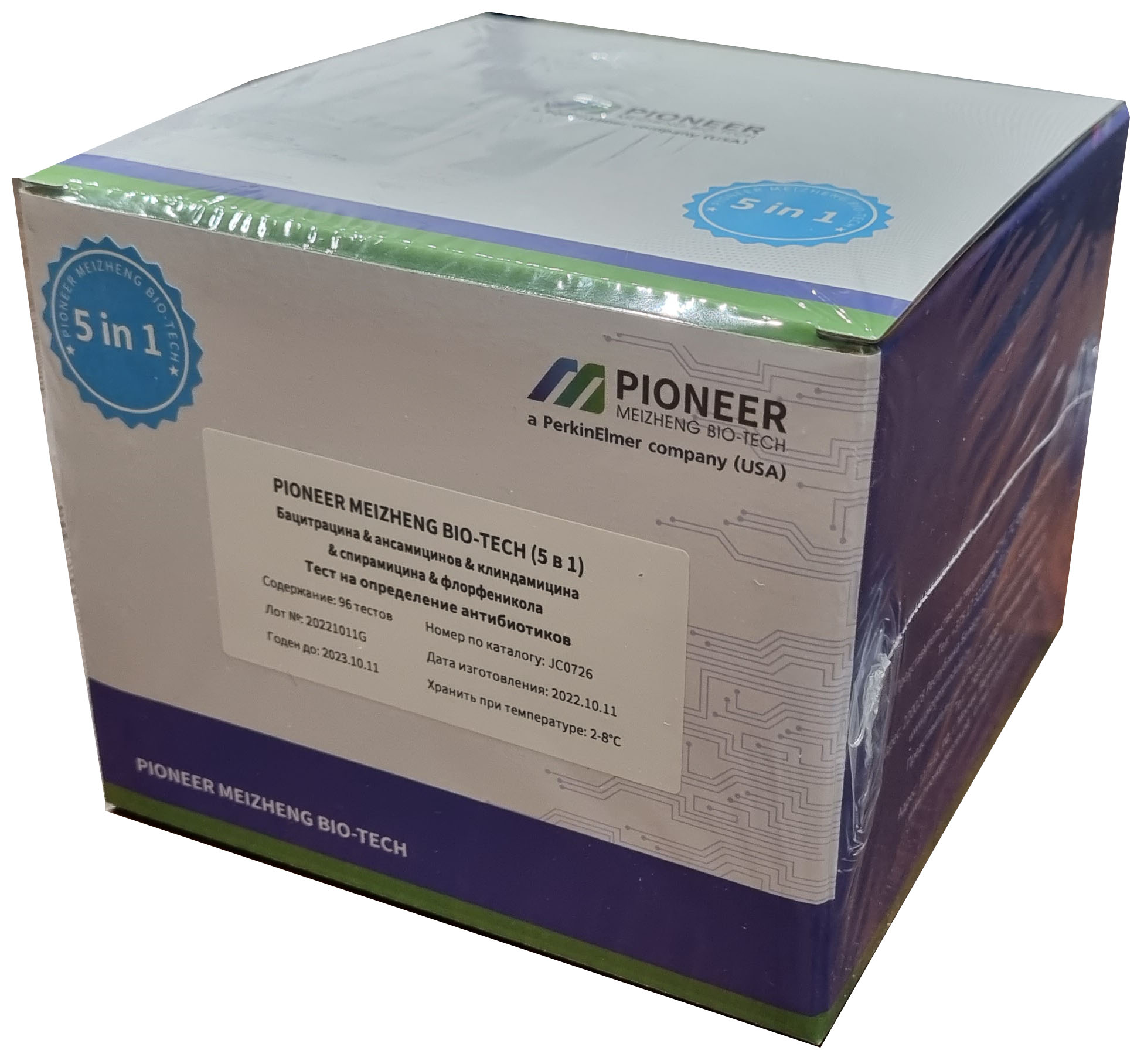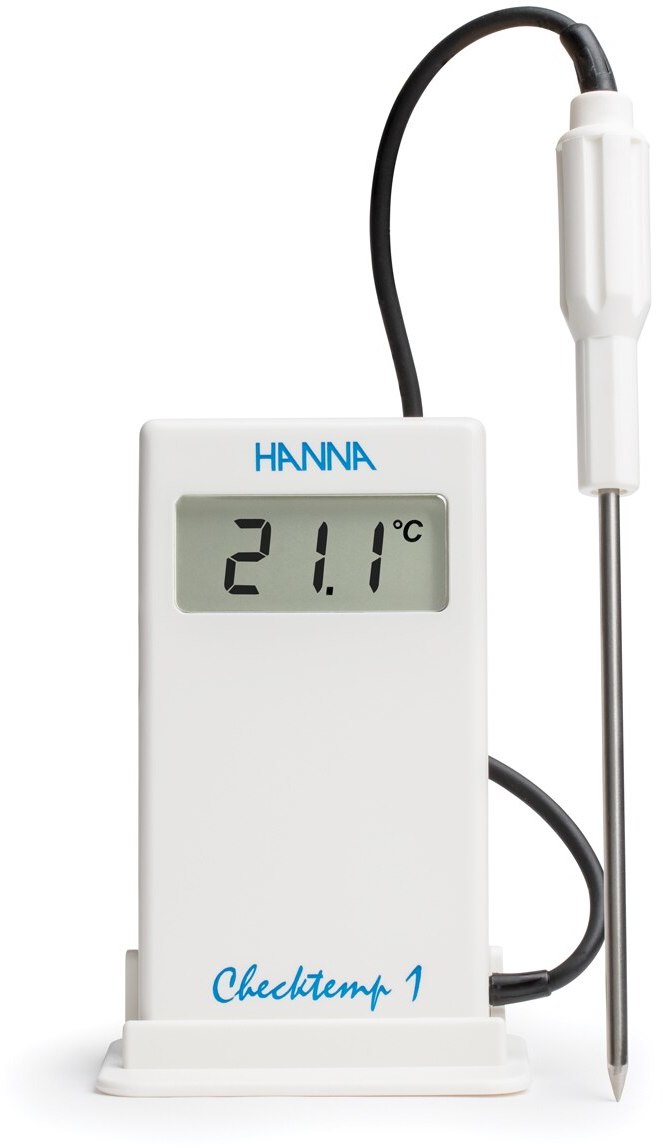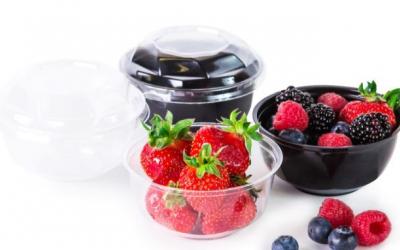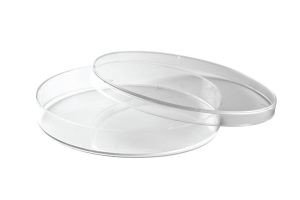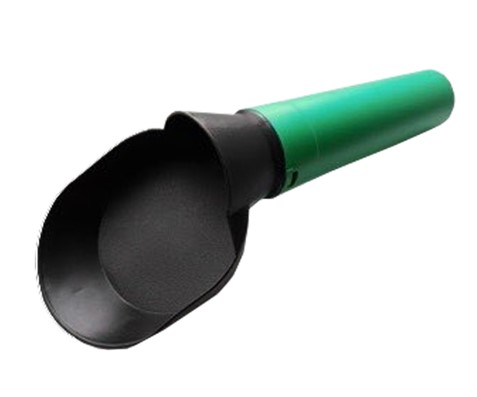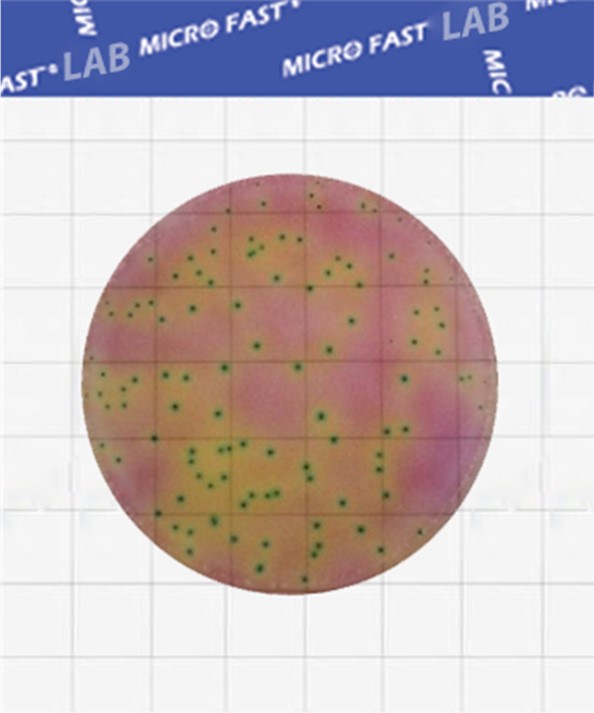What is made from cullet and bottles, as well as how much to really earn on their delivery per day
At a recent meeting on the work of housing and communal services, the President noted that the problems of separate waste collection, processing and its further use are being solved inefficiently. "... This is the Klondike. We have a huge glass industry. it should not die in a landfill. Glass, cullet, and so on must be recycled and obtained from this secondary waste, as we often call it, normal glass," summed up ALEXANDER LUKASHENKO . Correspondents of "7 Days" learned how and who collects glass containers, as well as how much you can earn from it.
Transparent benefitThere are more than 200 recycling points in MINSK where you can donate paper, plastic, and cullet. Of these, 70 belong to the Belvtorresursy enterprise. Scattered procurement points in all areas. In the largest one, Frunzensky, there are 18 of them. We went to one of these on Panchenko Street.
It's noon on the clock. There are a couple of people in the queue for the delivery of recyclables. Containers are accepted by weight, there is no separation. Banks, bottles - everything is used. It is not necessary to remove labels or sort glass, everything will be recycled. The rules are well known to the locals: they brought the container, weighed it, handed it over to the receiver, and received the money. A kilo of cullet is accepted here for 14 kopecks.
- On average, a hundred people come a day. More after weekends or holidays. They deliver the containers as best they can: on a wheelchair, they drag trunks in their hands. Sometimes they bring cars, and not cheap ones. Clients are different, but, of course, I already know the regulars by sight, - says the purveyor Viktor Patskevich. - It happens that I receive up to 1.2-1.5 tons of glass per shift, 15-20 tons per month.
The record holder for weight is a three-liter can of 800-900 grams. Of the bottles, the heaviest is from champagne: it weighs 600-700 grams, from vodka - 300-400, beer - less.
Window glass is also accepted, though not everywhere. Of the 70 procurement points of the enterprise, only 15 take it.
- Special containers were purchased and installed in each of them. If quartz sand, lime and soda are used to make ordinary glass, then various additives and coatings are used for window glass, so it cannot be recycled together with cans and bottles. Its disposal requires special conditions. The main thing is not to mix with containers, - explains Deputy DIRECTOR Pavel Chizh and clarifies that the most important factor for increasing the collection of recyclables is the material and technical base, or rather its renewal. - The main investments are in the development of a network of collection points, the purchase of new special equipment, additional equipment.
"You can earn 15-20 rubles a day"While we are sorting out all the details, a man with a cart, on which the bags are neatly stacked, hurries to the reception point. What is in them can be understood by the characteristic ringing of glass. A few minutes - and the "valuable" cargo is already on the scales.
- This is the second party. You can earn 15-20 rubles a day, - says Vladimir, a frequenter of the checkpoint. - In the morning I walked around the neighborhood: under the balconies, from the garbage containers, there will be two or three bags. Mostly bottles come across, however, they are rarely whole.
- It happens that they bring 600-800 kilograms each, or they can hand over a bag of bottles. People are different, someone just needs a hangover. But on the day at least a couple of people will bring simply on their own initiative, not for the sake of earning. They will sort everything in advance into plastic, glass, even though it is two or three kilos, - having freed himself from the calculations, the purveyor Viktor Patskevich enters into a conversation.
As if to confirm his words, an elderly woman approaches us. In one hand - a bag of groceries, in the other - the necks of clean bottles peek out of the bag.
- It's not about the money. Well, how much will I get for this container - 50 kopecks? Rather, it is a matter of principle, - Ekaterina Semyonovna smiles. - I live in the neighborhood, it's easy to walk and do a good deed. And if the bottles are thrown into the trash, will they end up at the landfill?!
Let's put it in placeEvery day, large garbage trucks of UE "Spetskommunavtotrans" take hundreds of tons of household waste from the yards to the landfill. According to the HEAD of the production site, Dmitry Shumchenya, about 6,000 containers have been placed in six districts of the capital to collect secondary material resources - plastic, paper, glass. We go to one of the yards.
On Prushinskikh Street, not far from building No. 60, a modern modular construction for waste collection (MKSO) appeared last year. There are 248 such "garbage houses" in the city.
- Collapsible and mobile structures are very convenient to use. They can be easily transported and assembled in a new place. Inside there are three containers for plastic, paper and glass. The capacity of each is 1.1 cubic meters, - says Dmitry Anatolyevich and opens a container with glass.
At the bottom are 15-20 empty bottles. It is not enough if the residents of three or four surrounding high-rise buildings bring garbage.
- One person throws out the bottles here, and the second one collects and hands them over! The containers are not locked, they are not under alarm, - the interlocutor smiles. - In a couple of days, the container is still recruited. Over the past five or six years, people have become more active in sorting garbage, especially young people.
According to the head of the site, the company receives an annual state order for glass. Last year, they completed it by 100% - they collected under 1400 tons. Same plan for 2022. So, for the first quarter it was already possible to accept about 426 tons.
- People often ask: do we need to start three bins at home to please you?! No, but is it difficult to take a MILK bottle out of a food waste bag and throw it in a special container? - Dmitry Shumchenya is surprised and explains that all the separately collected garbage from the yard areas initially goes to the sorting plant.
Three lines sort both municipal solid waste and mixed waste. Glass is removed from a huge pile of garbage in the very first place. Then plastic, paper, PET bottles. Sorting takes place manually - two workers work on one belt, who, while the conveyor is moving, manage to sort through the entire mass and grab the glass from it.
The second life of the containerOn the basis of JSC "Belresursy" in 2012, a production facility for sorting mixed cullet was built. Actually, today glass is delivered there both from collection points and from container sites in the yards. There it is carefully sorted not only by composition, but even by color. Then it goes to processing at large enterprises of the country, where it gets a second life, turning into new bottles, vials, ampoules and other necessary products.
- Glass waste: bottles, cans, broken containers - this is the raw material for glass factories in Grodno, Gomel, the village of Yelizovo, which use it in production. Also, cullet in Belarus is used in the manufacture of building materials, ceramic tiles, in the production of paint for road markings, - explains Artem Shkryl, Deputy Director of the State Institution "Operator of Secondary Material Resources".
In recent years, the volume of glass waste collection in Belarus has increased significantly. In 2021, 192 thousand tons were collected. For example, 9 years ago the volumes were 3.2 times less.
Glass bottles and jars can be sorted and sent for recycling. First you need to free them from lids and remnants of the contents, it is not necessary to wash. Ordinary window glass is also suitable for recycling. It is recommended to leave it at the bulky waste area if the dimensions of the glass do not allow it to be placed in a container.
In 2021, more than 790.5 thousand tons of SMR were harvested in Belarus: waste paper and cardboard, glass and polymers, worn tires, used oils, waste electronic and electrical equipment. There are 7 waste sorting plants with a capacity of 550 thousand tons per year and about 84 sorting lines with a capacity of another 507 thousand tons per year.
What should not be thrown into the blue bins?Colored decorative glass, mirrors, double-glazed windows, crystal, automobile, heat-resistant glasses. In addition to the main components (sand, soda, lime and ash), such glass contains various additives and coatings, due to which it cannot be recycled along with the usual bottles and jars. Broken ceramic, porcelain dishes should also be disposed of in a mixed waste bin. Fluorescent energy-saving lamps require special disposal due to the poisonous mercury they contain. Special containers are installed for them at points of sale.
Marina VALAKH,
photo - Pavel ORLOVSKY,
newspaper.


